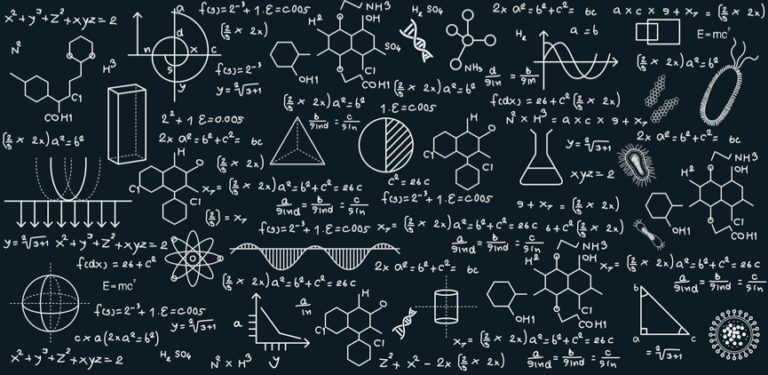Fall model release to focus on early-stage mass litigation and improvements to defense cost modeling
We’re hard at work putting the finishing touches on a major update to our casualty catastrophe model due for release in Oortfolio this Fall. The focus of our work is in better describing the early stages of a mass litigation event, a time in which major plaintiff actions are initiated and bellwether cases aggressively litigated. Monsanto (now Bayer), for example, is reportedly spending hundreds of millions to defend more than 13,000 cancer lawsuits that have accumulated in a span of little more than two years. Despite recent blockbuster judgments in favor of plaintiffs, Monsanto has yet to settle even one of these suits.
The Fall Oortfolio release will introduce the concept of “mass litigation activation,” a discrete event in which plaintiffs file a large number of similar bodily injury or property damage lawsuits. These initial lawsuits will typically be consolidated in state or federal multidistrict litigation with the aim of facilitating discovery and settling the question of general causation: Does the scientific community generally accept the possibility that plaintiffs could have been injured in the manner alleged? The overall caseload expands rapidly in the first few years of the litigation event and then levels out as only newly exposed or injured plaintiffs file suit.
The trigger for mass litigation activation — the accumulation of scientific evidence supporting plaintiffs’ allegation of harm — will remain as it is today. The difference is that this accumulation of scientific evidence will now induce many similarly situated plaintiffs to file suit in close succession; the current model permits these actions to occur more gradually and with less scientific support. The revised model, therefore, will project fewer litigation events, but the surviving events will be, on average, more severe, reflecting the reality that there is no such thing as a “small” mass litigation event.
The severity of a mass litigation event is a function of both the costs of defending lawsuits and the number and size of any settlements. Defense costs, though, typically dominate in the early going. Indeed, in many mass litigation events, the defense ultimately prevails, but not before substantial costs have been incurred. Simply being a named party in a lawsuit can lead to significant costs since getting removed from that suit is no simple matter. The revised model will now better capture these “zero indemnity – defense cost only” events.
We anticipate these revisions to how the model reflects early-stage mass litigation to have the following effects at the economy level:
- Higher probability of zero losses, but thicker tails for most Litagion® agents
- Larger number of companies (big and small) with non-trivial early-stage litigation defense costs
- Higher proportion of total losses flowing to the first three years of a litigation event
The model release will also expand the number of Litagion agents to well over a hundred and increase the number of modeled companies from 40,000 to 60,000 (all companies with at least $60 million in U.S. revenue).
We’ll be holding a series of webinars beginning later this Summer to describe these model changes in more detail so that you know exactly what to expect when the model becomes available in Oortfolio. In the meantime, don’t hesitate to reach out to your account manager with any questions you might have. We look forward to working with you as we roll out these important model changes.


